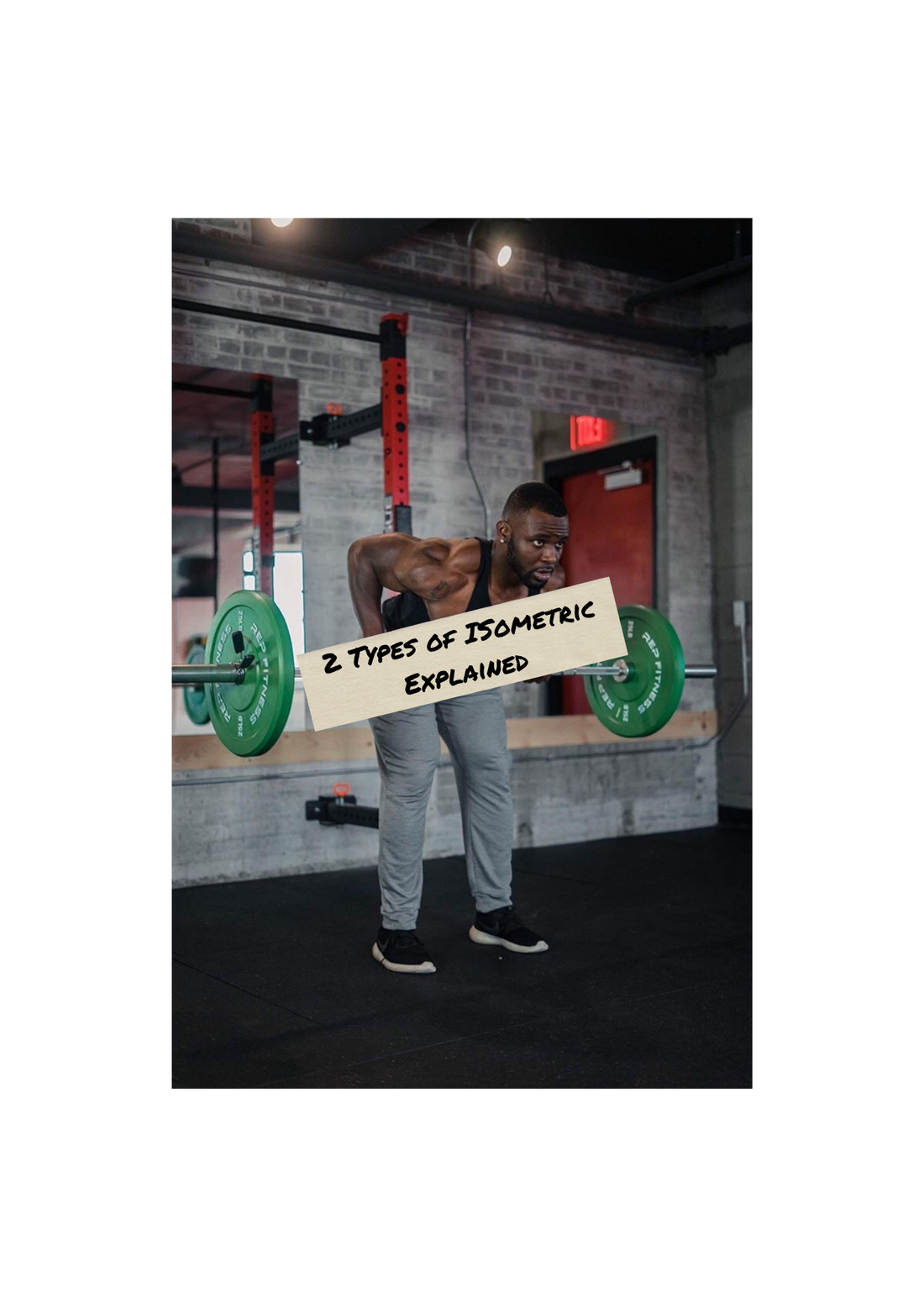First things First before a quick dive into the different types of isometrics, there needs to be a general understanding and application of this type of contraction.
Simply, an isometric is the contraction of the muscle without any movement of the joint. Examples are things such as a squat hold, pushing against immovable objects, or everyone's favorite the infamous PLANK.
Training isometrics especially has benefits for someone with limited equipment or even beginners because you learn how to coordinate and maintain body positioning for a given movement as well as increase muscular endurance in the particular range you are "holding" in.
Now on to the two types and their usages...
Yielding Isometric
Yielding isometrics can be defined as the holding of a weight or object to prevent it from succumbing to forces of gravity. Think holding a plank or staying seated in a wall-sit, you are RESISTING movement.
Yielding isometrics are thought to have more carryover of transfer to eccentric strength and are notably less neurologically draining. With that in mind, they can be done for a longer duration and higher frequencies.
Loading Parameters: 2-3 sets of 45-75 seconds at the position where you are able to create the most tension in the target muscle. Flex the muscle as hard as you can while holding.
Overcoming Isometric
Overcoming isometrics can be defined as trying to move a resistance that cannot be moved. Think of pushing against a wall or lifting a bar as hard as you can against the safety bars on a rack.
I recommend using Shorter duration and choosing movements that focus on a rapid ramping up of force into an unmovable object to enhance maximal force output. If training for athletics, use of overcoming isometrics as a neurological primer is useful because we get to focus on getting our neuromuscular system ready to produce high outputs.
Loading Parameters: 1-2 sets of 5-15 seconds. You will see something like this typically at the beginning of a work out, where you are the "freshest".
Lock in,
RTR Training.

